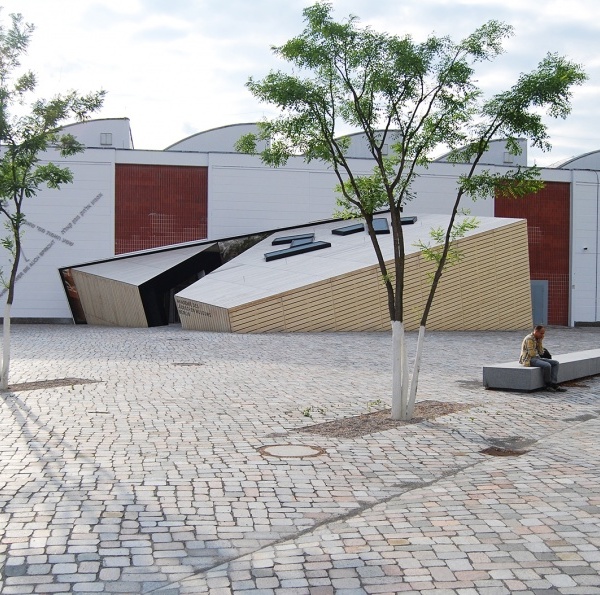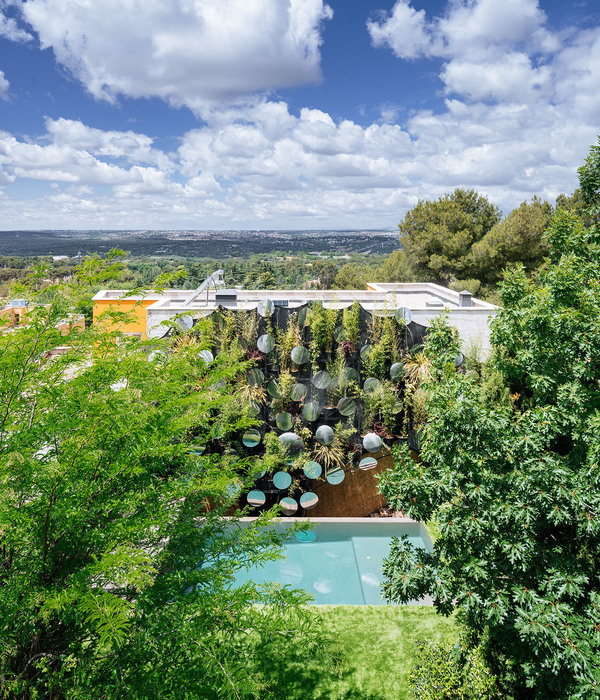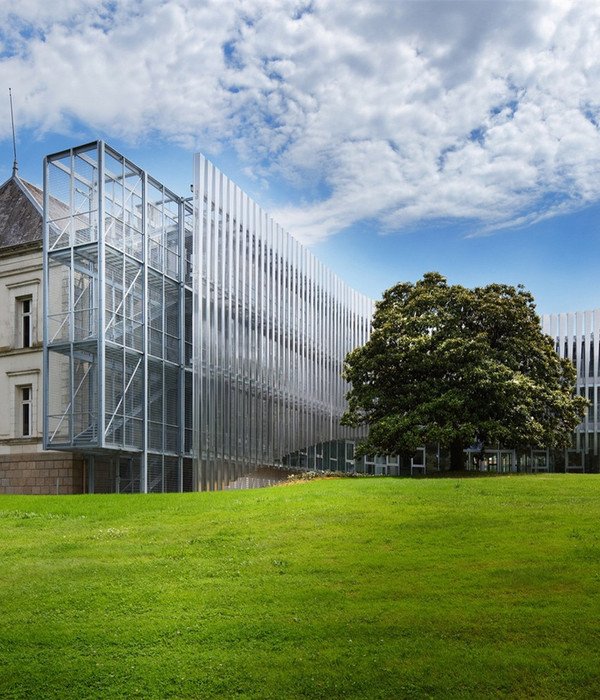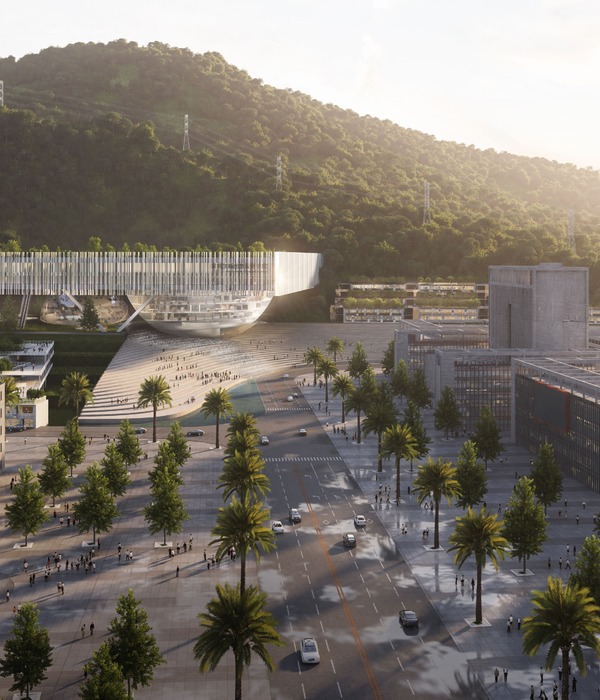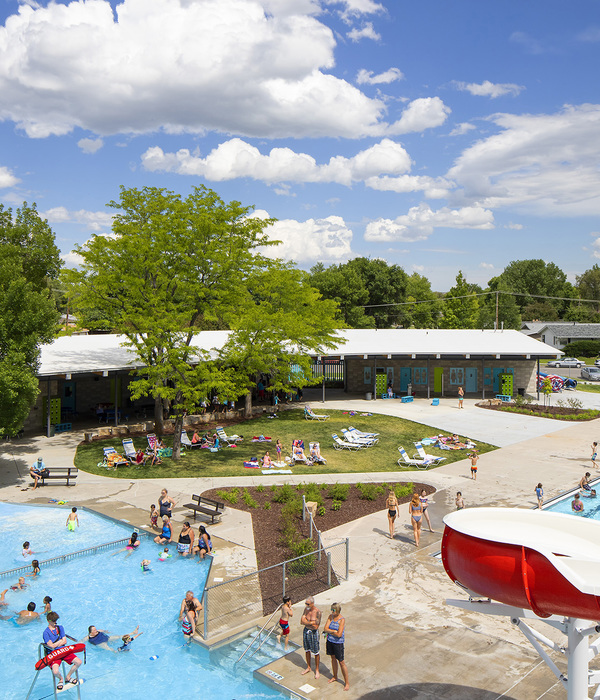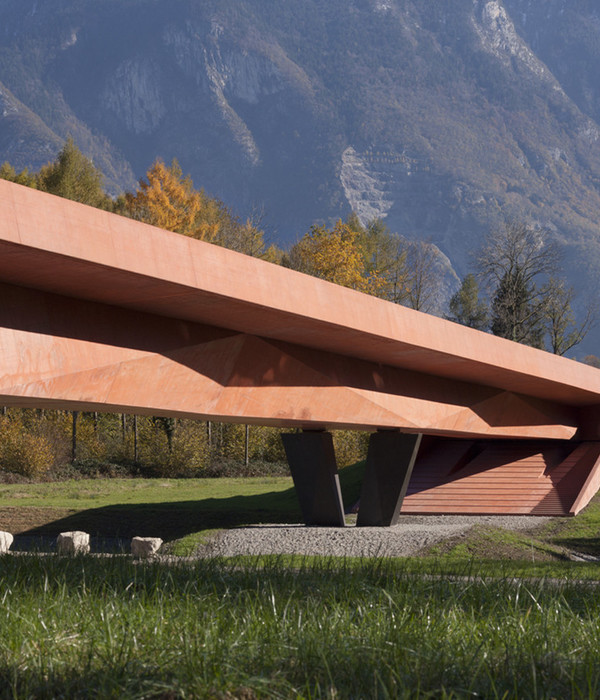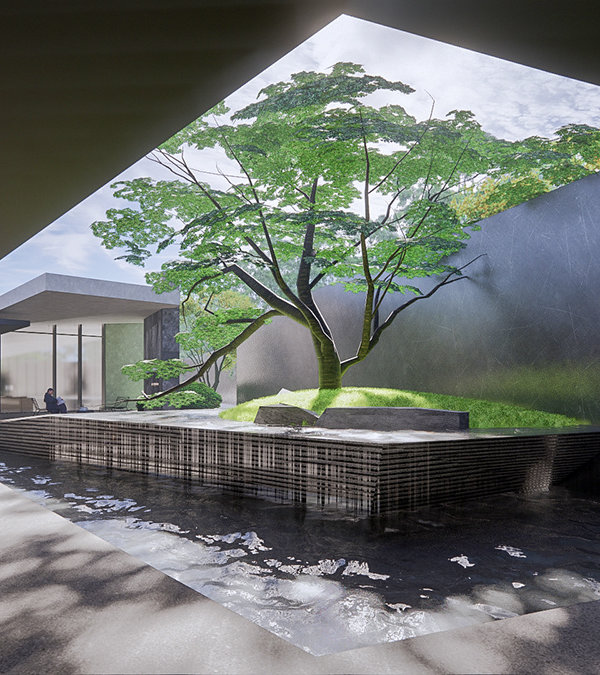引用湖州文人宋旭所作山水名画《湖州十八景》,描绘诗意生活,揽湖州山水入府,融古贯今,以王府宅邸三进形式为生活蓝本,定制专属于景璘府的空间结构,依次营造礼序登堂、满载而归、松风水月、山水合襟四大主题空间,中心区域以山水合襟为构建样本,分别营造鸣翠、围炉、枕水、汀芳、叠瀑、拂风六大生活场景,以诗入画、山水写意。景观的深层次营造是根植于本土文化空间脉络的植入,形式符号的解构与融合提升在地性空间的契合度,追寻空间记忆。空间营造上注重内观、外向,以及空间之间景致的渗透,达到对话自然的的深层体验。
Jinglin Mansion quotes the famous landscape painting "Eighteen Scenes of Huzhou" by Huzhou literati Song Xu, depicting poetic life, incorporating the landscape of Huzhou into the Mansion, blending the ancient and the modern, taking the form of a royal mansion with three columns as the blueprint for life, customising the spatial structure of Jinglin Mansion, creating in turn four thematic spaces, namely, the Hall of Rituals, the Full Load, the Pine Breeze, the Water Moon, and the Landscape, The central area is built on the basis of the landscape, creating six scenes of life, namely, the sounding of the greenery, the surrounding fire, the pillowing of the water, the fragrance of the waterfalls and the breeze. The deeper level of landscape creation is rooted in the implantation of local cultural spatial veins, the deconstruction and integration of formal symbols to enhance the fit of local space, and the pursuit of spatial memory. The space is created with an emphasis on inward and outward looking, and the penetration of scenery between spaces to achieve a deeper experience of dialogue with nature.
yitong ZHOU,changcheng LI,xiang HU,yajing WANG, mei YU,jie DAI,qianqian YAN,zhoufeng TANG,yun ZHOU ,yansheng LI ,lingmin JIN ,wei WEI ,hanchen ZENG,maoxue CHEN,caiyan LI,kaixuan GU,qi ZHANG,lin WU,qiuxiang XU,ting ZHANG
{{item.text_origin}}

